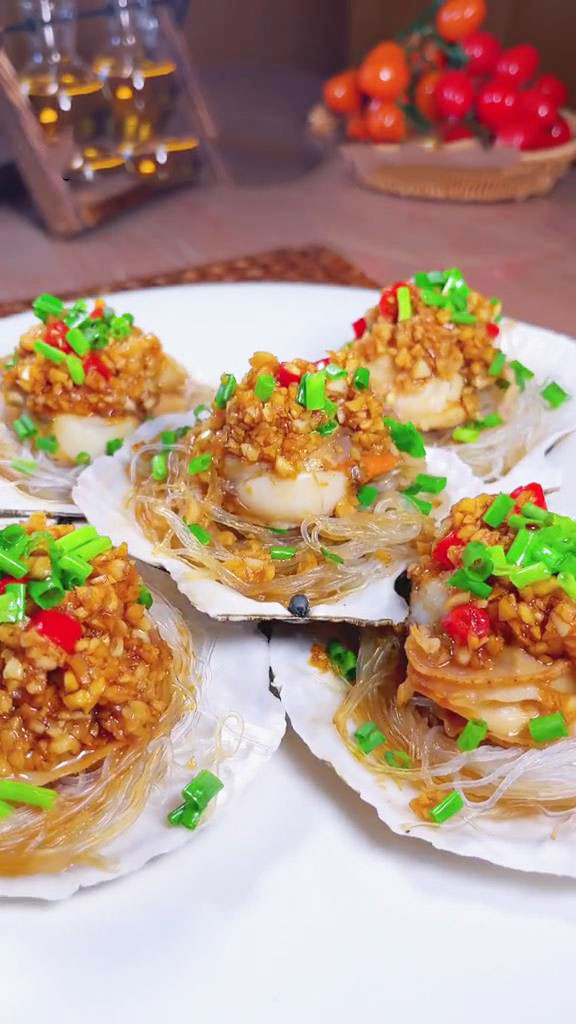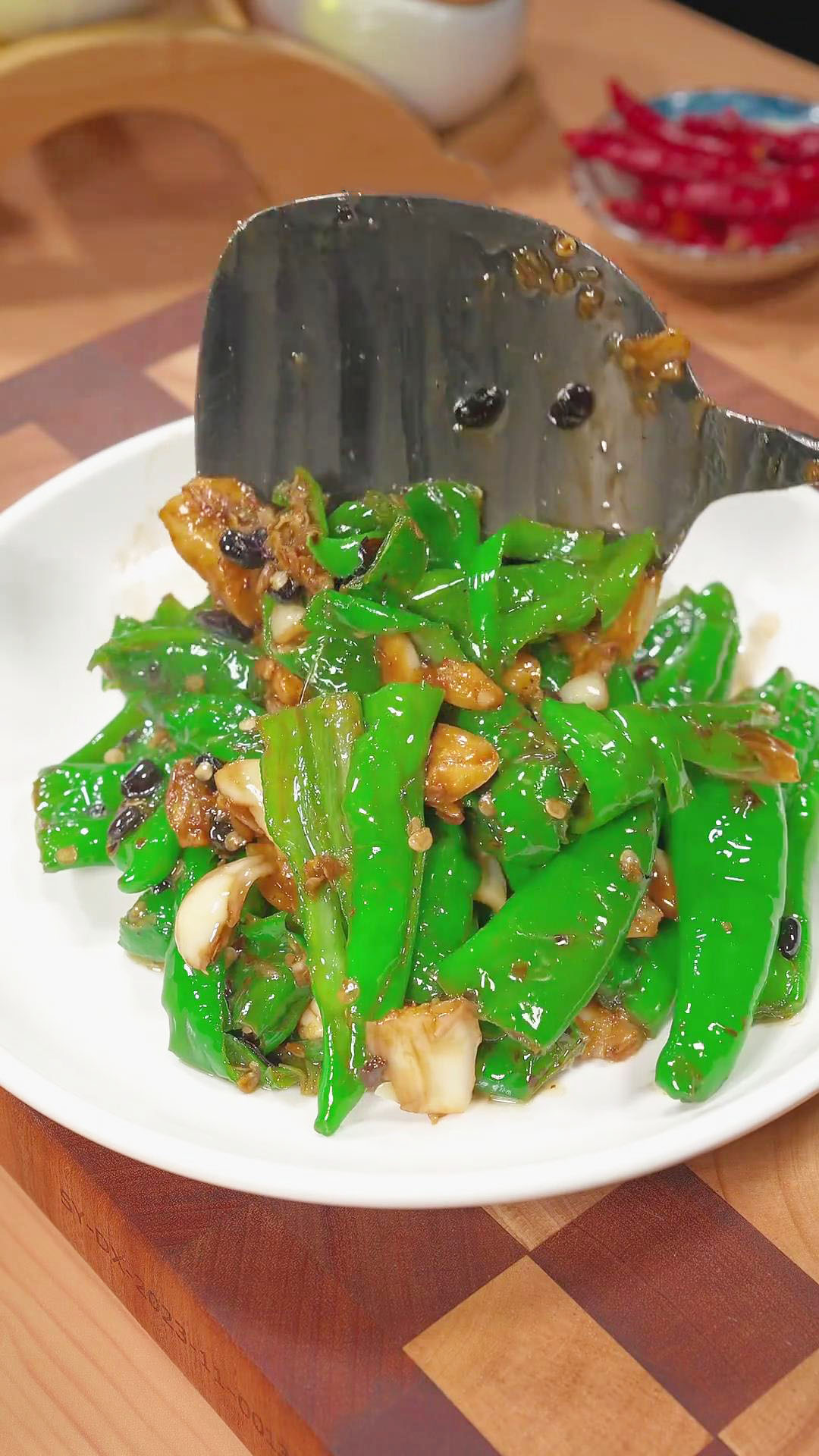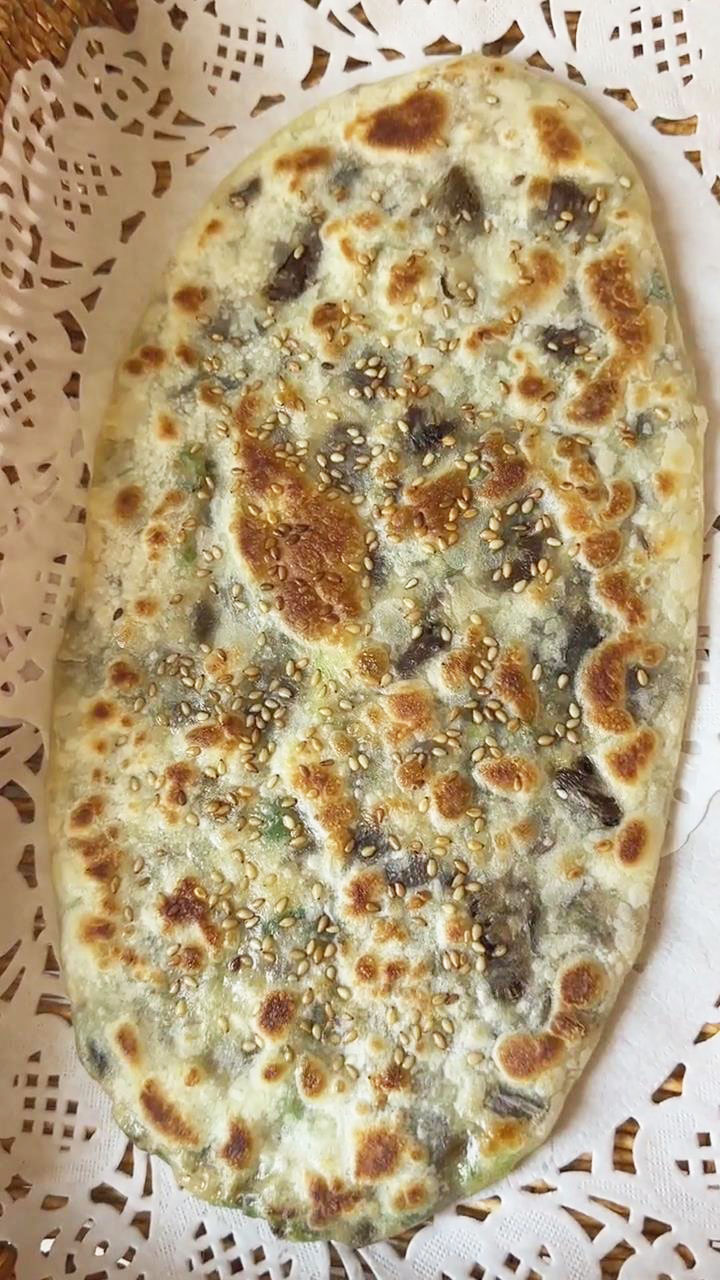This post may contain affiliate links. Please read our disclosure policy.
Mung bean paste is a traditional ingredient in Asian cuisine, particularly in Chinese and Southeast Asian desserts. With this simple yet flavorful recipe, you’ll learn how to transform soaked mung beans into a smooth and creamy paste that can be used in a variety of sweet treats and desserts.
A little more about Mung bean paste
Mung bean paste is a versatile ingredient commonly used in Asian cuisine, especially in desserts and sweet treats.
It is often used as a filling for pastries, buns, and dumplings, or as a topping for shaved ice desserts and sweet soups. Mung bean paste adds a rich and flavorful element to a variety of dishes, making it a popular ingredient in both traditional and modern cooking.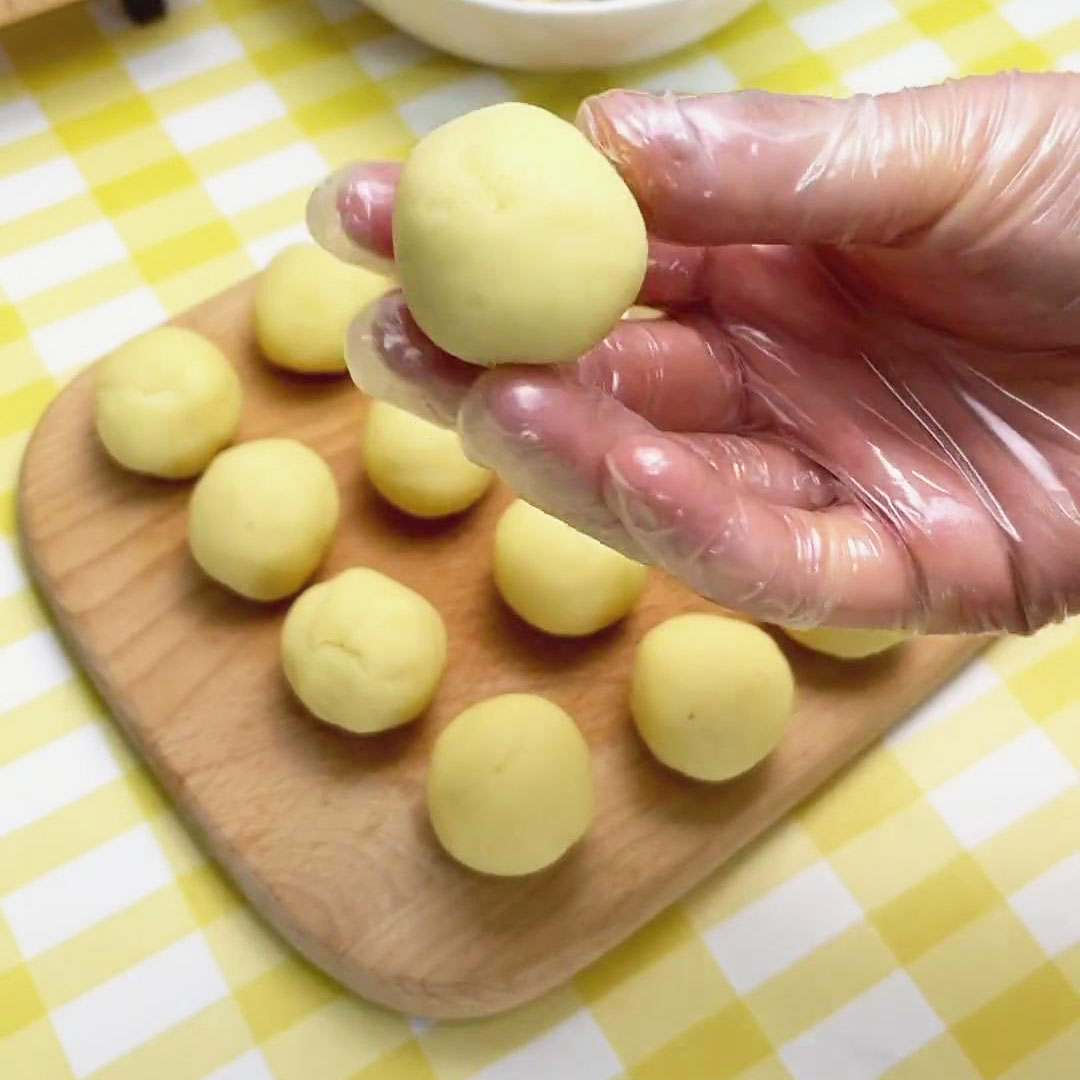
To make mung bean paste, you will need the following ingredients:
Feel free to adjust and modify these ingredients based on your recipe requirements and personal taste preferences.
Peeled mung beans: Mung beans, also known as green gram or monggo, are a legume widely used in Asian cuisine. They are green in color and are a staple ingredient in dishes like mung bean dessert soup. For this recipe, you will need ‘peeled’ mung beans, which are yellowish because the skin has been removed already. It is available in most grocery stores, Asian markets, or online stores like Amazon. In this recipe, the peeled mung beans are soaked overnight before steaming for 30 minutes. It should be soft enough to blend into a smooth mung bean paste.
Milk: Milk is added for a richer texture and creamier taste. Regular milk, coconut milk, or any plant-based milk will do for this cake. If milk is not available, water is another alternative, but minus the rich and creamy aspects.
Butter: Another ingredient that adds richness and volume is butter. Butter also helps make the cake more tender and gives it structure. You can swap regular butter with dairy-free butter or corn oil. Corn oil is lightweight and neutral tasting that can add moisture and fluffiness.
White sugar: I recommend granulated sugar to make it dissolve easily and blend smoothly with the mung bean paste. You can use any type of granulated sugar such as white sugar or unrefined cane sugar. Using brown sugar, muscovado, or coconut sugar is also fine if you don’t mind a dark-colored cake.
Condensed milk: This recipe requires 10 grams of condensed milk. With just a small amount, it enhances the taste and texture and adds a bit of sweetness. Use regular condensed milk, dairy-free condensed milk, condensed coconut milk, or coconut milk with maple syrup. However, it is generally acceptable to completely omit this from the recipe ingredients.
Milk powder: Milk powder helps create a milkier taste and a denser texture. You can swap milk powder with more liquid milk, coconut milk powder, soy milk powder, or rice powder. However, you can ultimately remove this as well from the recipe ingredients.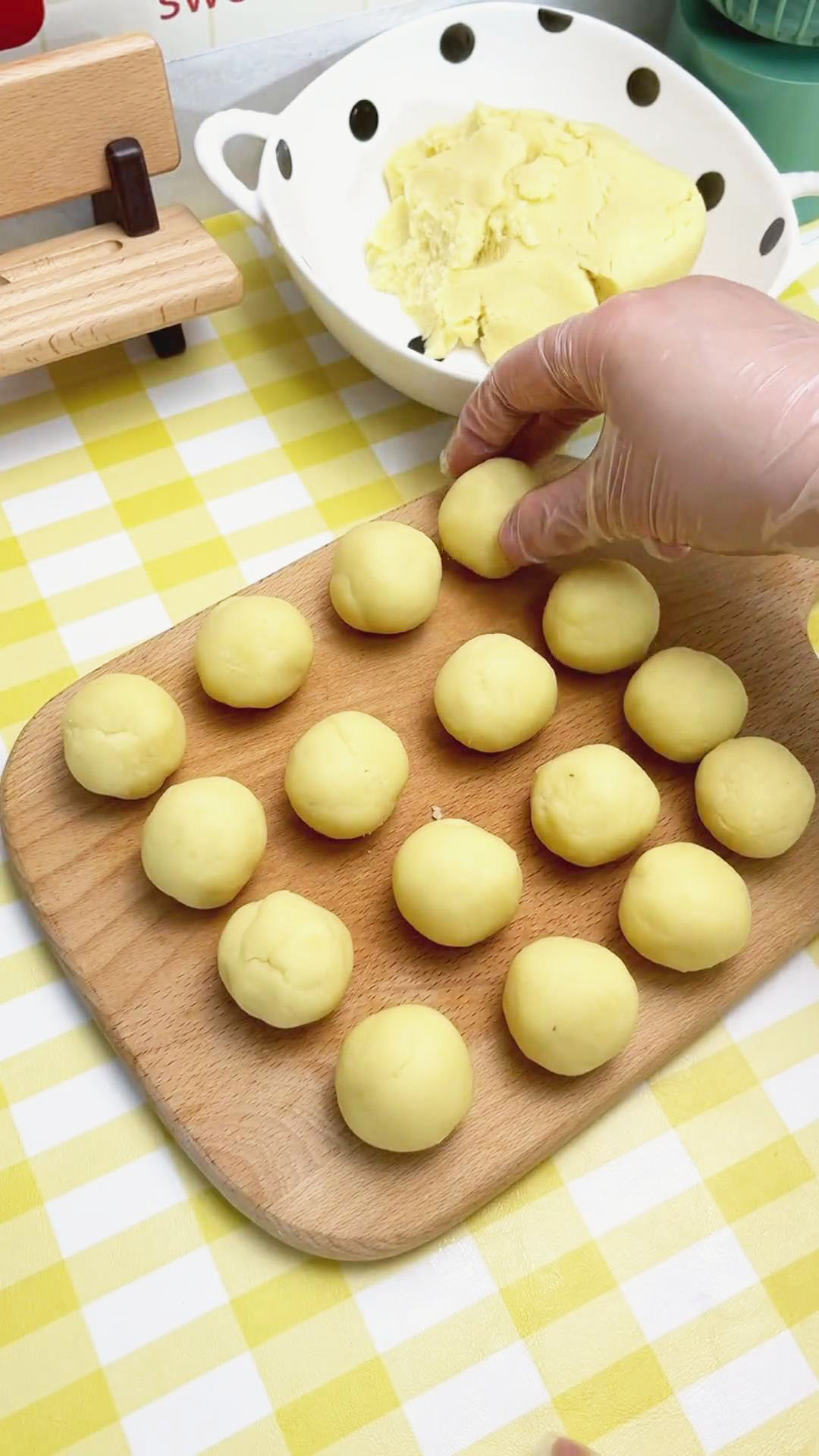
How to use mung bean paste
Mung bean paste, like my other paste recipes such as yam paste, lotus seed paste, purple sweet potato paste, black sesame paste, taro paste, and red bean paste, is a versatile filling that adds flavor and texture to various sweet treats.
Here are some creative ideas on how to use mung bean paste:
- Mung bean cake
- Pancakes, such as Pumpkin Pancakes and Sweet Potato Pancakes
- Mochi, such as red bean mochi
- Mooncake
- Cookies
- Pies
- Chinese buns, such as Red Bean Paste Buns
- Mont Blanc cake
- Fruit cakes
- Jelly cake
- Sandwich filling
- Puddings
Ingredients:
- 500g soaked mung beans
- 250g milk
- 50g butter
- 40g white sugar
- 10g condensed milk
- 25g milk powder
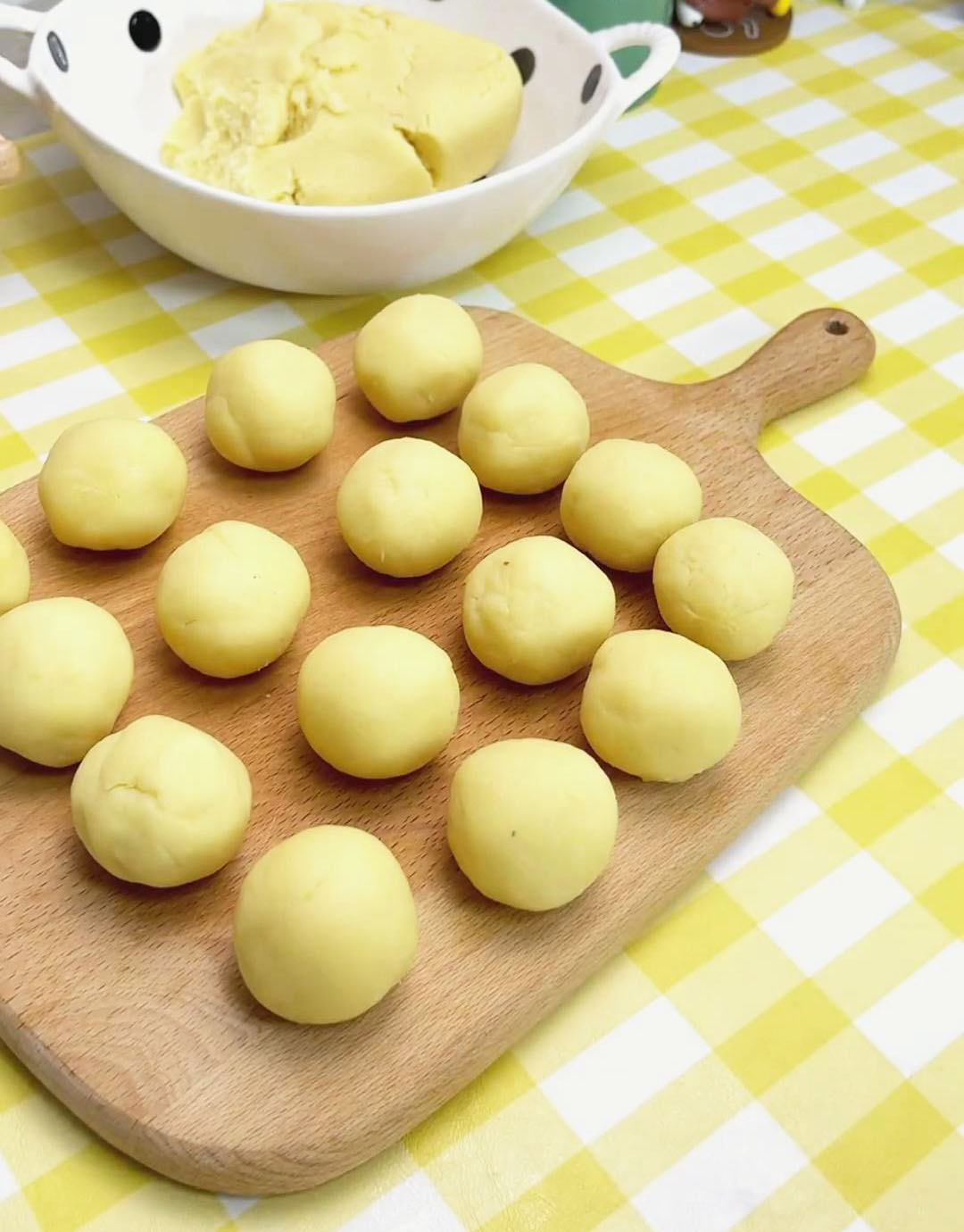
How To Make Mung Bean Paste
Making the Mung Bean Paste is easy, I recommend using a non-stick pan when frying.
1. Soak the Mung Beans:
Start by washing the mung beans thoroughly. Then soak the mung beans overnight to soften them and prepare them for cooking. If it’s hot, like in summer, refrigerate them while soaking.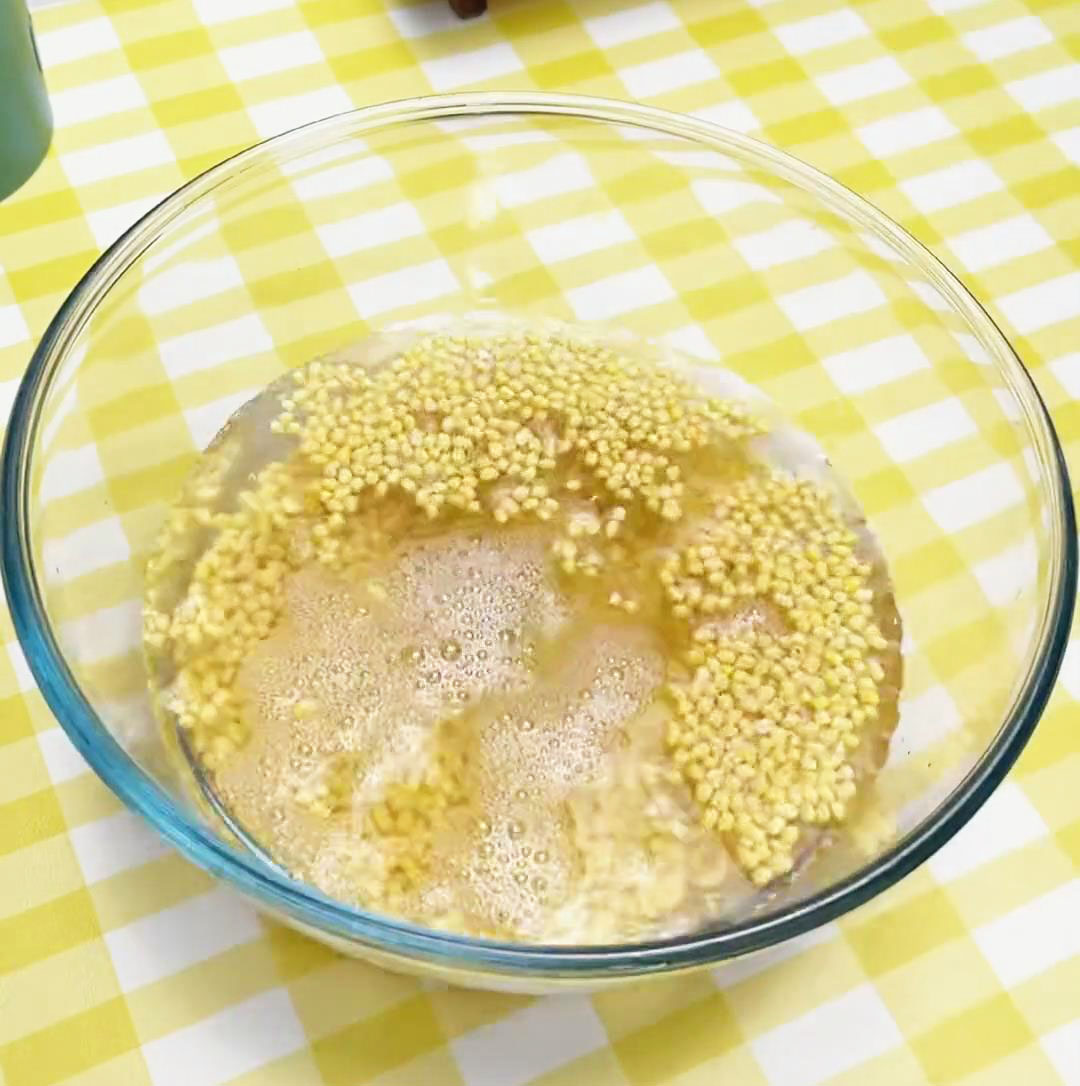
2. Steam the Mung Beans:
Drain the soaked mung beans and transfer them to a steamer.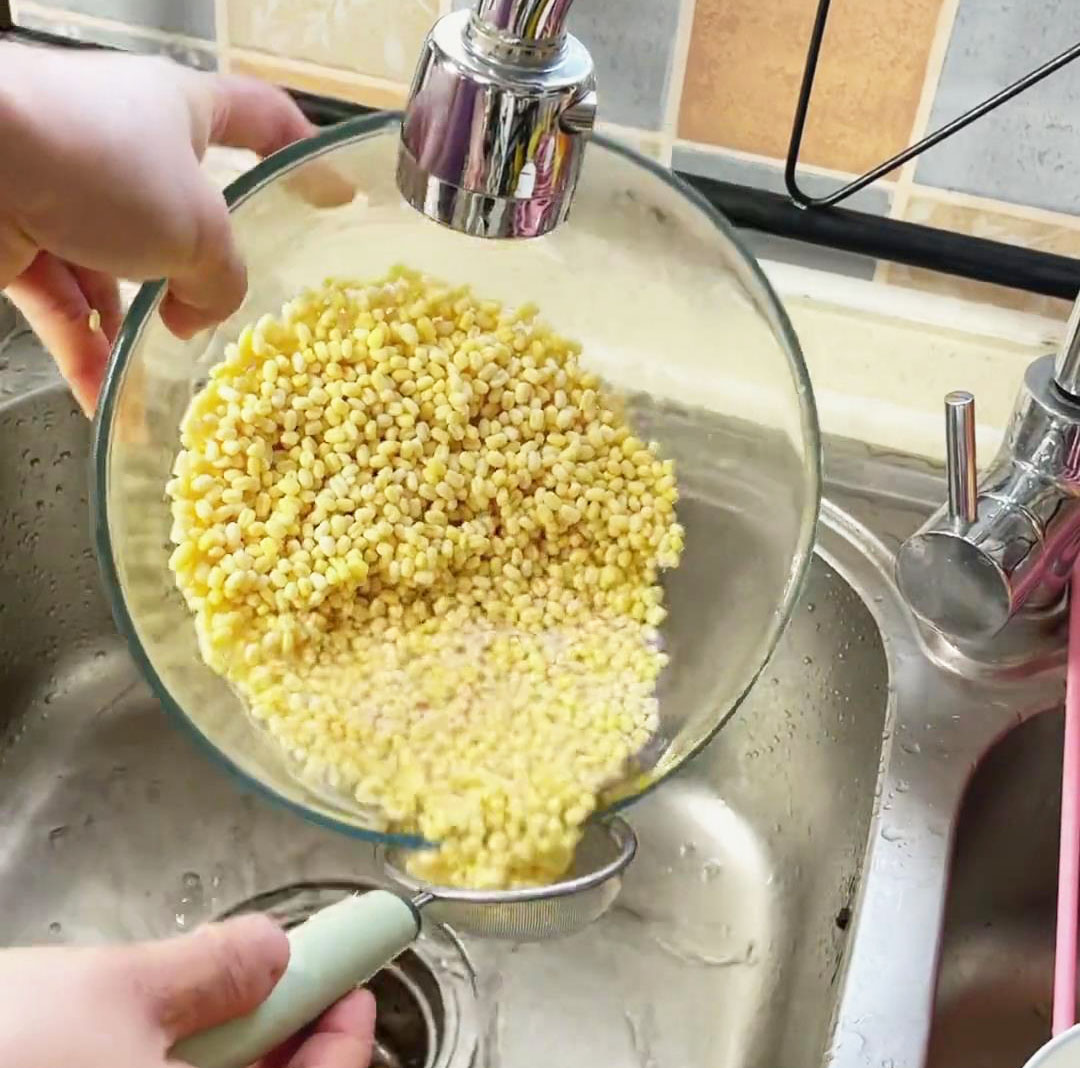
Steam the mung beans over high heat for approximately 30 minutes or until they are tender enough to be easily mashed with a spoon or between your fingers.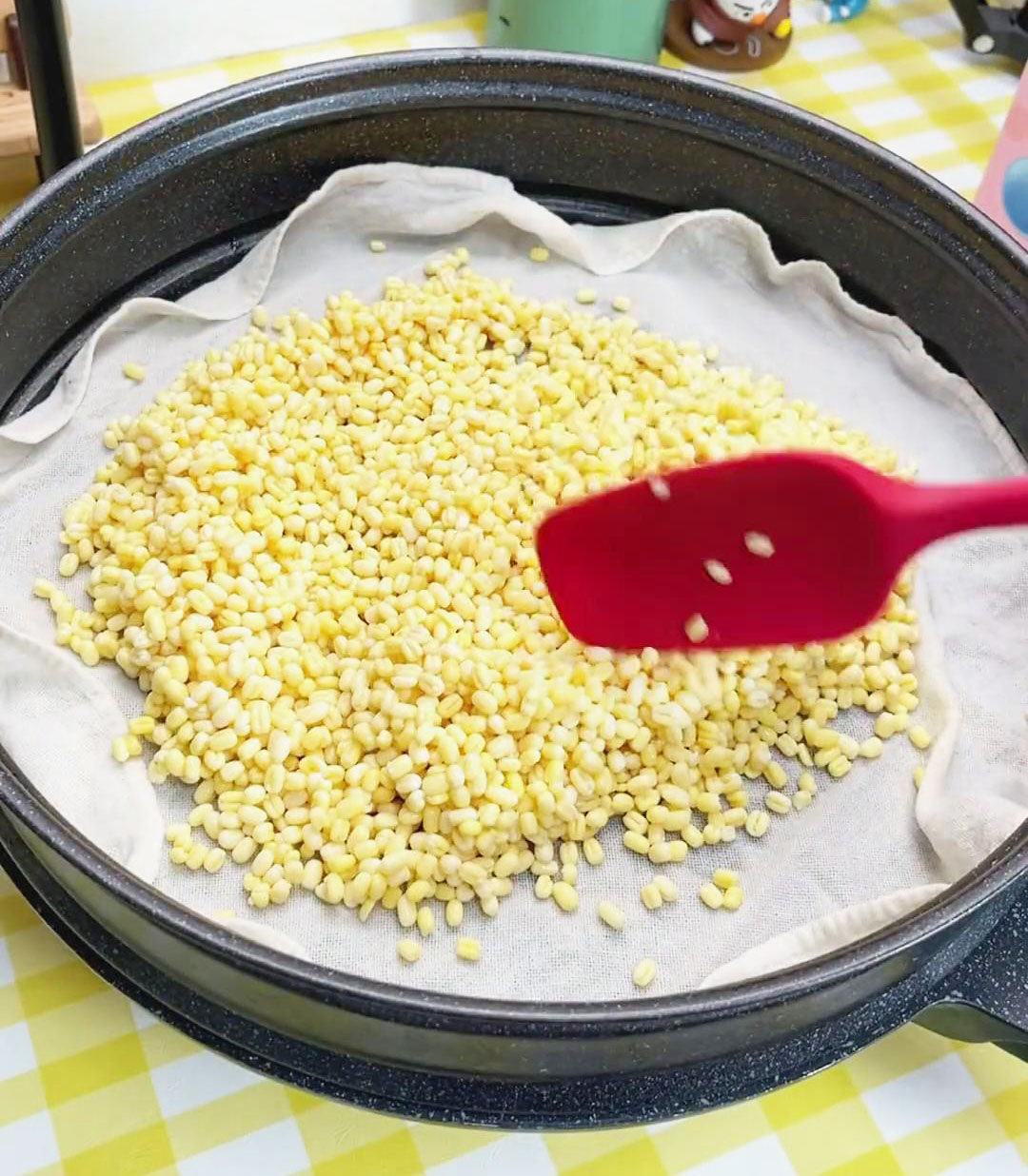
3. Blend the Mung Beans:
While the mung beans are still hot, transfer them to a food processor.
Add 250g of milk to the food processor and blend until you achieve a smooth and creamy consistency.
4. Prepare the Mung Bean Paste:
Transfer the blended mung bean mixture to a pan.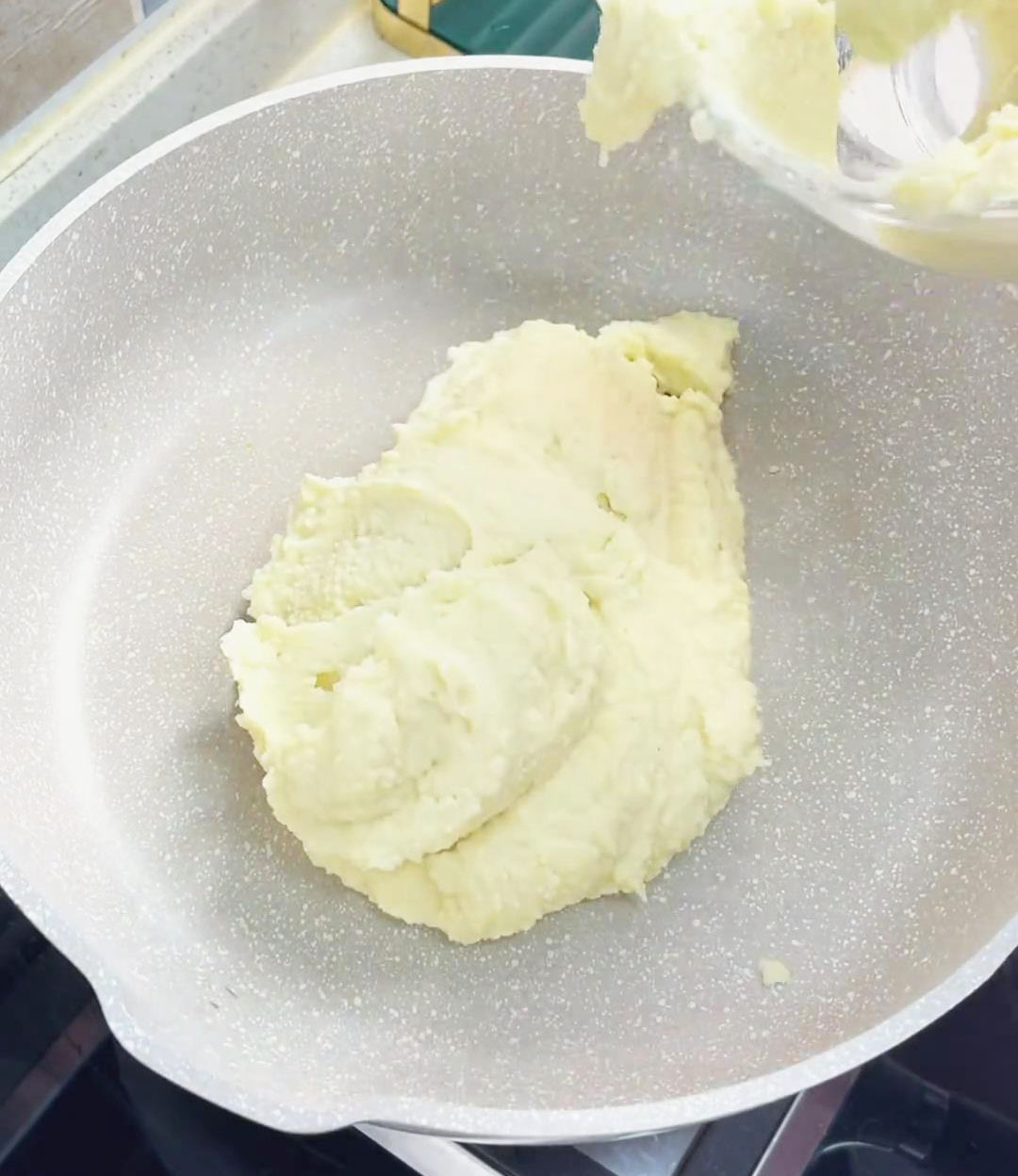
Add 50g of butter, 40g of white sugar, 10g of condensed milk, and 25g of milk powder to the pan.
Stir-fry the mixture over low heat until all the ingredients are well combined and the desired consistency is reached. This process may take approximately 30 minutes, so be patient. Be sure not to let the mixture stick to the pan.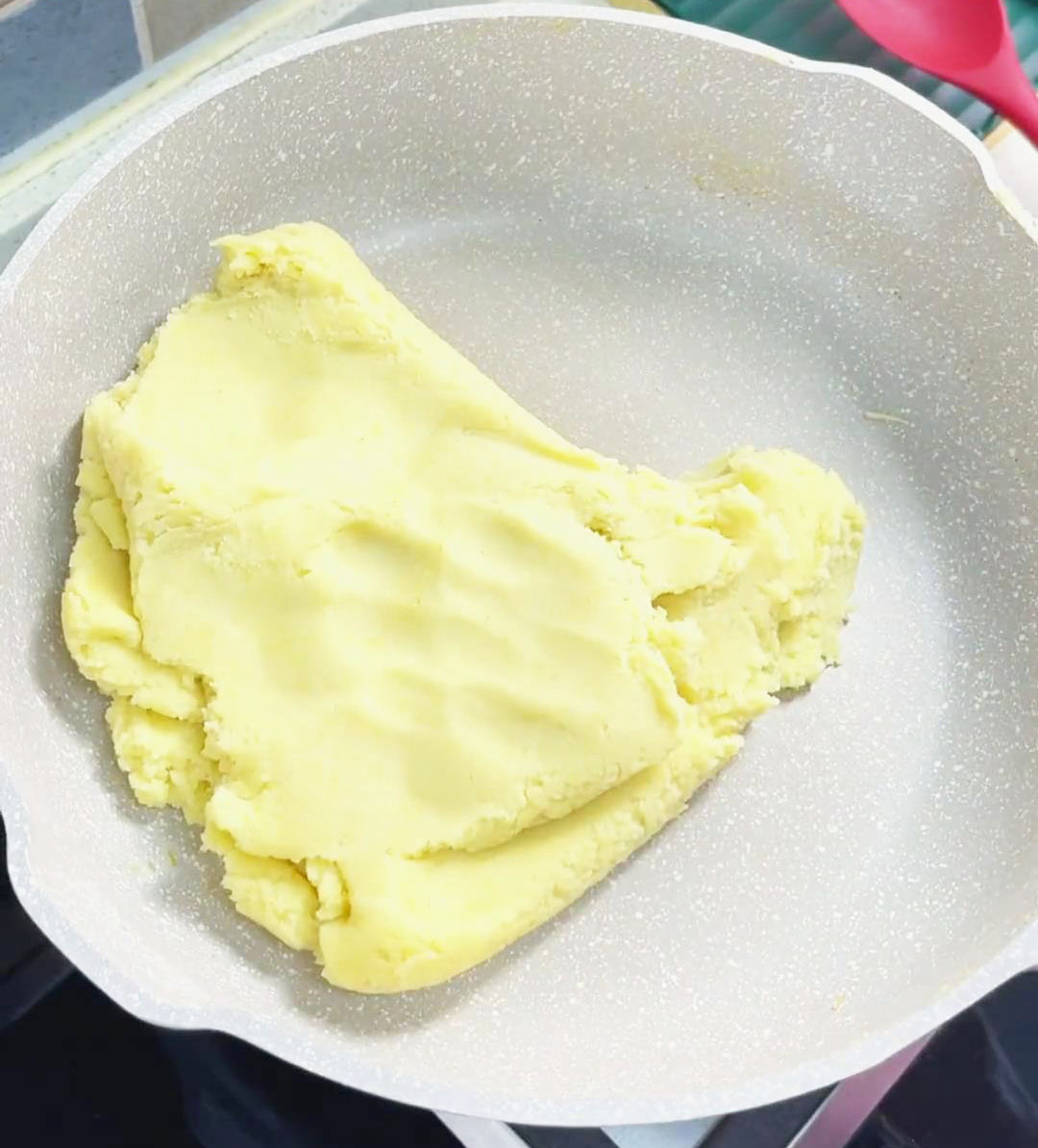
5. Allow to Cool and Store:
Once cooked, allow the mung bean paste to cool completely.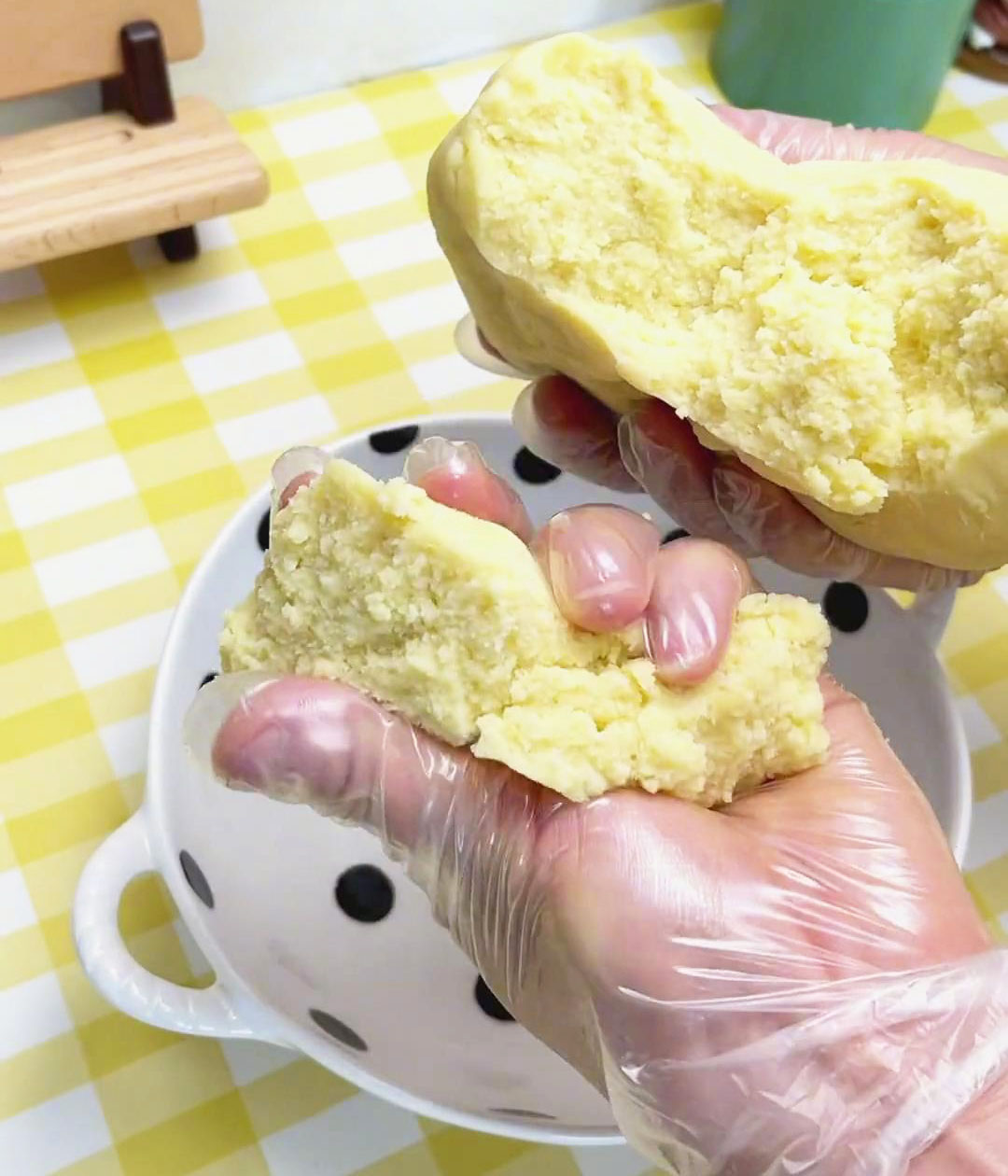
Transfer the cooled paste to a sealed container, covering it with plastic wrap to prevent moisture loss.
For freshness, refrigerate the mung bean paste and consume it within 3 days. Alternatively, you can freeze it to extend its shelf life.
6. Enjoy Your Homemade Mung Bean Paste:
Your homemade mung bean paste is now ready to be used in various recipes! After making Mung Bean Paste, don’t miss my Mung Bean Cake recipe; you only need a mold to make it.
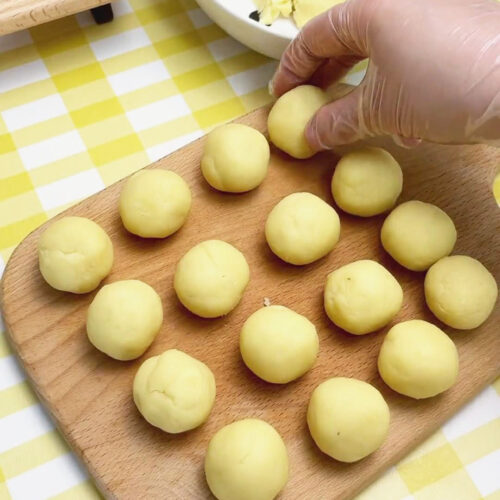
How to Make Mung Bean Paste
Ingredients
- 500 g soaked mung beans
- 250 g milk
- 50 g butter
- 40 g white sugar
- 10 g condensed milk
- 25 g milk powder
Instructions
Soak the Mung Beans:
- Start by washing the mung beans thoroughly. Then soak the mung beans overnight to soften them and prepare them for cooking. If it's hot, like in summer, refrigerate them while soaking.
Steam the Mung Beans:
- Drain the soaked mung beans and transfer them to a steamer.
- Steam the mung beans over high heat for approximately 30 minutes or until they are tender enough to be easily mashed with a spoon or between your fingers.
Blend the Mung Beans:
- While the mung beans are still hot, transfer them to a food processor.
- Add 250g of milk to the food processor and blend until you achieve a smooth and creamy consistency.
Prepare the Mung Bean Paste:
- Transfer the blended mung bean mixture to a pan.
- Add 50g of butter, 40g of white sugar, 10g of condensed milk, and 25g of milk powder to the pan.
- Stir-fry the mixture over low heat until all the ingredients are well combined and the desired consistency is reached. This process may take approximately 30 minutes, so be patient. Be sure not to let the mixture stick to the pan.
Allow to Cool and Store:
- Once cooked, allow the mung bean paste to cool completely.
- Transfer the cooled paste to a sealed container, covering it with plastic wrap to prevent moisture loss.
- For freshness, refrigerate the mung bean paste and consume it within 3 days. Alternatively, you can freeze it to extend its shelf life.

